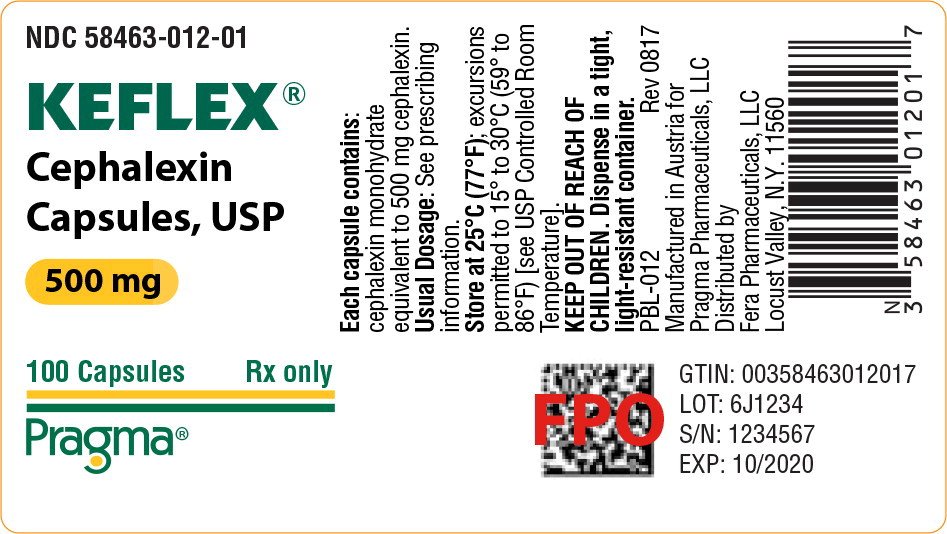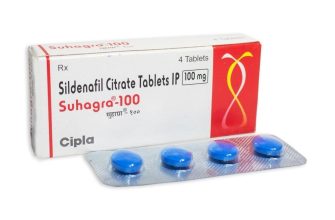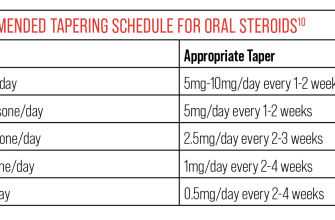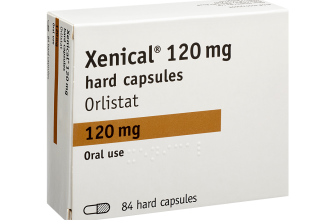Keflex, containing cephalexin, treats bacterial infections. Always follow your doctor’s instructions. Dosage varies based on infection severity and your individual health.
Common Uses
- Skin infections: Keflex effectively combats many common skin infections like impetigo and cellulitis.
- Ear infections (otitis media): It’s frequently prescribed for middle ear infections in children and adults.
- Respiratory tract infections: Certain types of pneumonia and bronchitis may respond well to Keflex treatment.
- Urinary tract infections (UTIs): Keflex can help treat some UTIs, but its effectiveness varies depending on the bacteria causing the infection.
Remember, Keflex is a prescription antibiotic. Don’t use it without a doctor’s consultation. Self-treating can worsen infections and increase antibiotic resistance.
Potential Side Effects
Like all medications, Keflex can have side effects. Common ones include nausea, diarrhea, and stomach upset. Less frequent but more serious side effects exist. Report any unusual symptoms immediately to your physician. This includes signs of allergic reaction, such as rash, hives, itching, or difficulty breathing.
Important Precautions
- Inform your doctor about all medications, including over-the-counter drugs and supplements, you currently take. Interactions can occur.
- Tell your doctor about any allergies you have. Allergic reactions to cephalexin are possible.
- Complete the entire course of antibiotics, even if you feel better before finishing. This prevents the infection from recurring and helps ensure complete eradication of bacteria.
- Drink plenty of water while taking Keflex to minimize stomach upset.
When to Seek Immediate Medical Attention
Seek immediate medical help if you experience severe allergic reactions, such as difficulty breathing or swelling of the face, lips, or tongue.
Further Information
This information is for educational purposes only and does not substitute professional medical advice. Always consult your doctor or pharmacist for personalized guidance regarding Keflex or any other medication.
Disclaimer
This content is not intended as a substitute for professional medical advice. Always consult your healthcare provider for diagnosis and treatment.
Interactions with Other Medications and Substances
Always inform your doctor or pharmacist of all medications you are taking, including over-the-counter drugs, vitamins, and herbal supplements. This includes prescription medications, even if you only take them occasionally. Keflex (cephalexin) can interact negatively with certain drugs, potentially reducing its effectiveness or increasing the risk of side effects.
Interactions Requiring Caution
Concurrent use of Keflex with anticoagulants like warfarin may increase bleeding risk. Your doctor might need to monitor your blood clotting levels more frequently. Similarly, using Keflex alongside methotrexate can heighten the toxicity of methotrexate. Close monitoring is recommended in such cases. Alcohol consumption while on Keflex isn’t strictly prohibited, but excessive alcohol can stress the liver and kidneys, which are already working to process the antibiotic. Moderate alcohol intake should be discussed with your doctor.
Medications Potentially Affected by Keflex
Keflex can interfere with the effectiveness of oral contraceptives. Your doctor may suggest an alternative birth control method while you’re taking Keflex. Probenecid, a medication used to treat gout, can increase Keflex levels in your blood, potentially increasing the risk of side effects. This combination needs careful monitoring by your doctor. Always be honest about your medication use to ensure your safety and the best treatment outcome.










